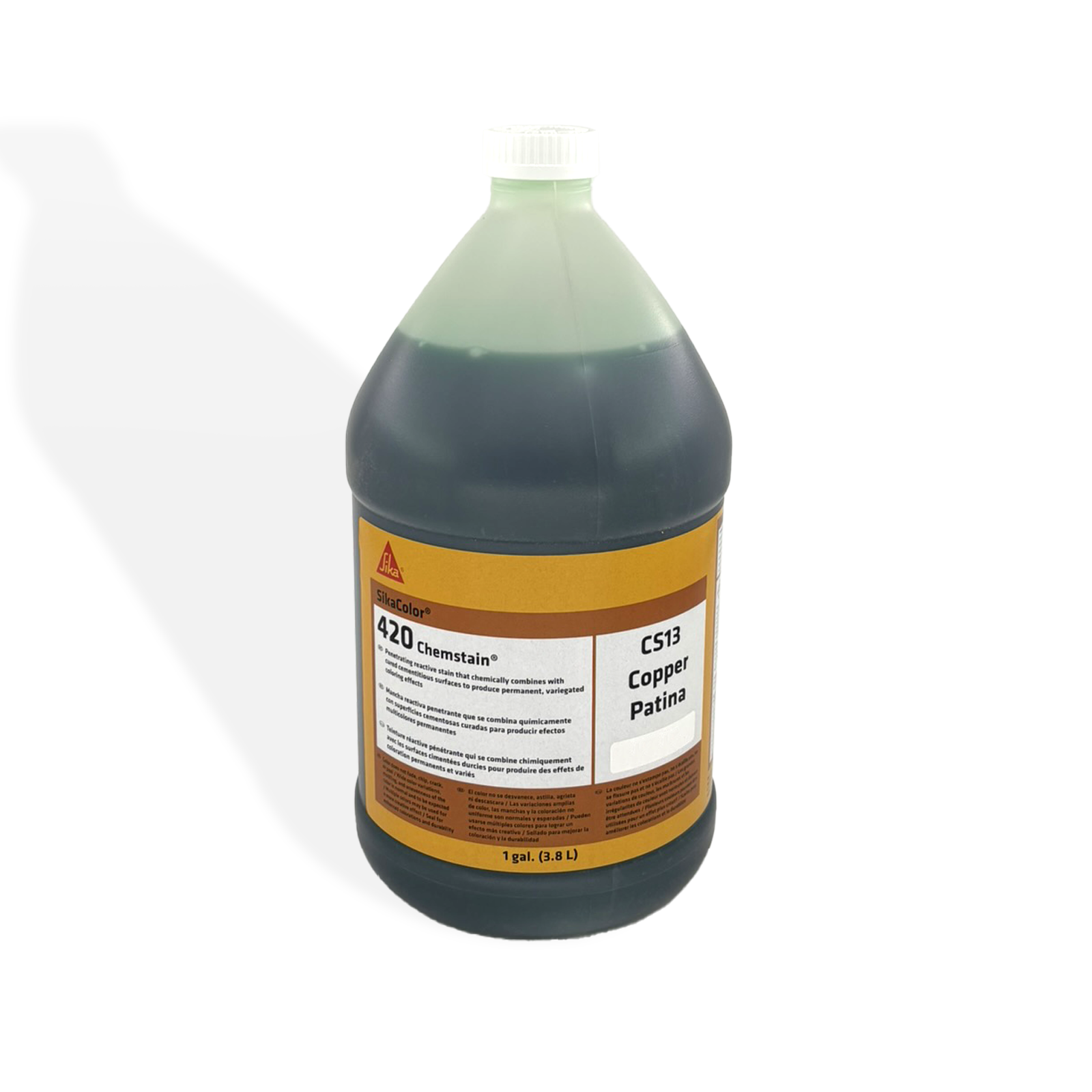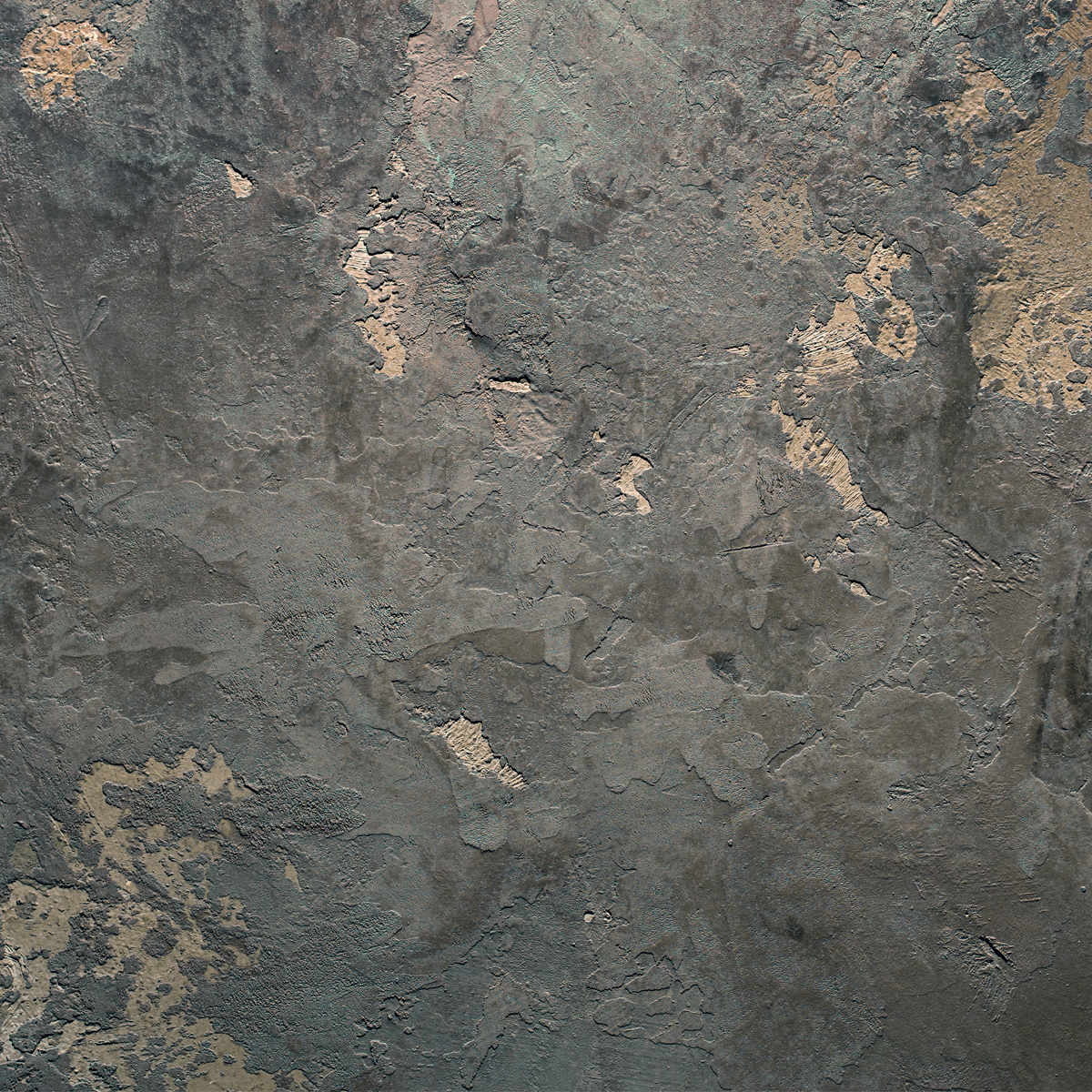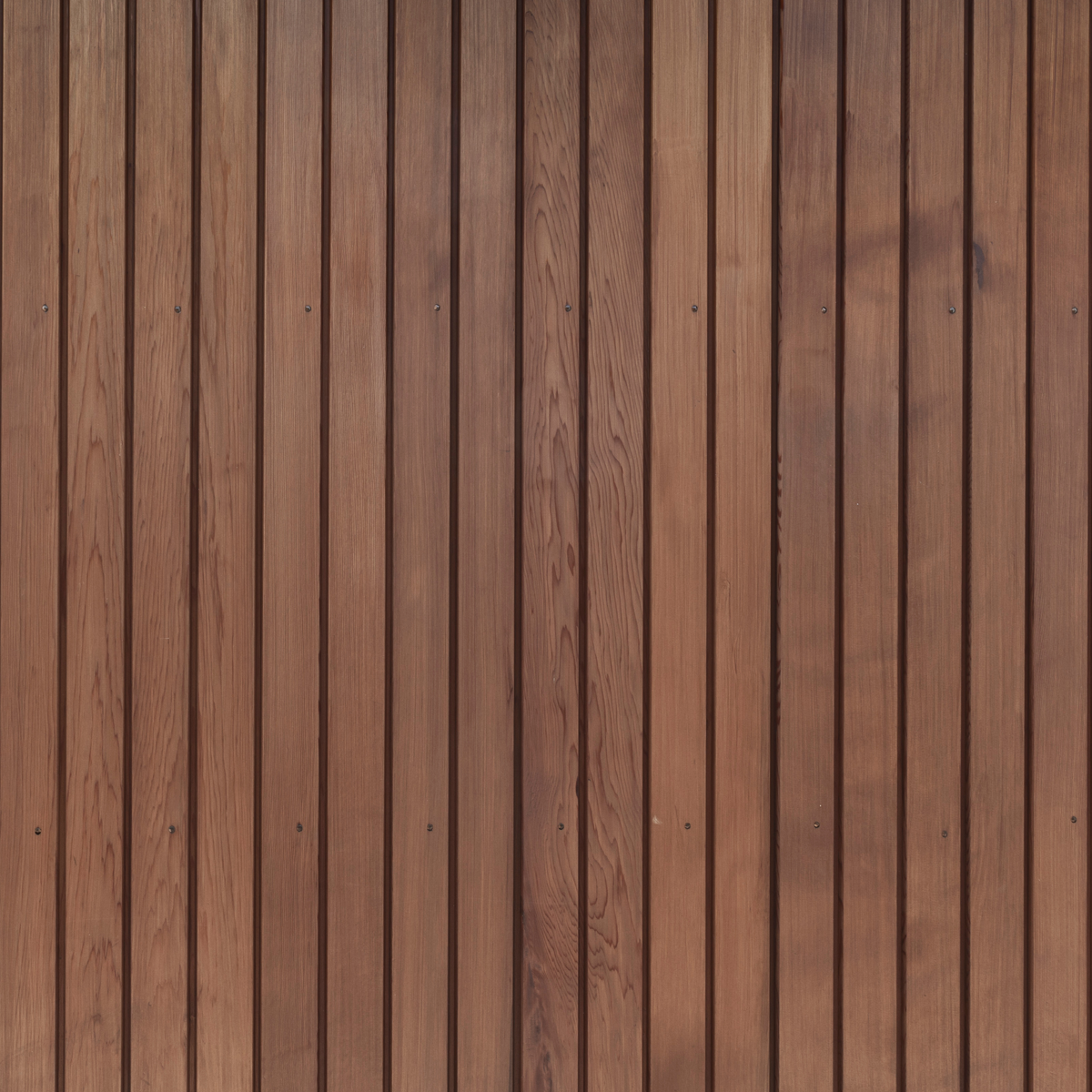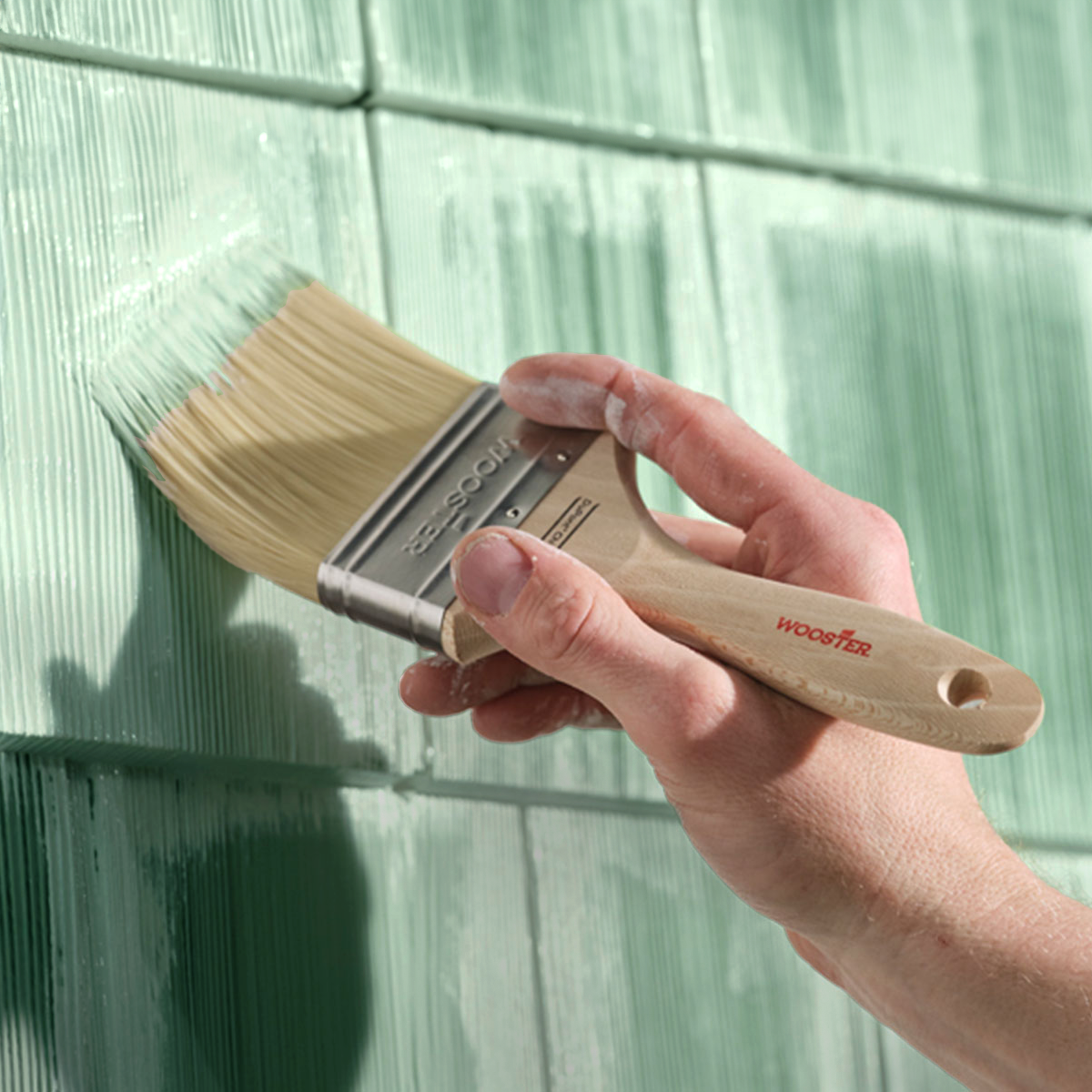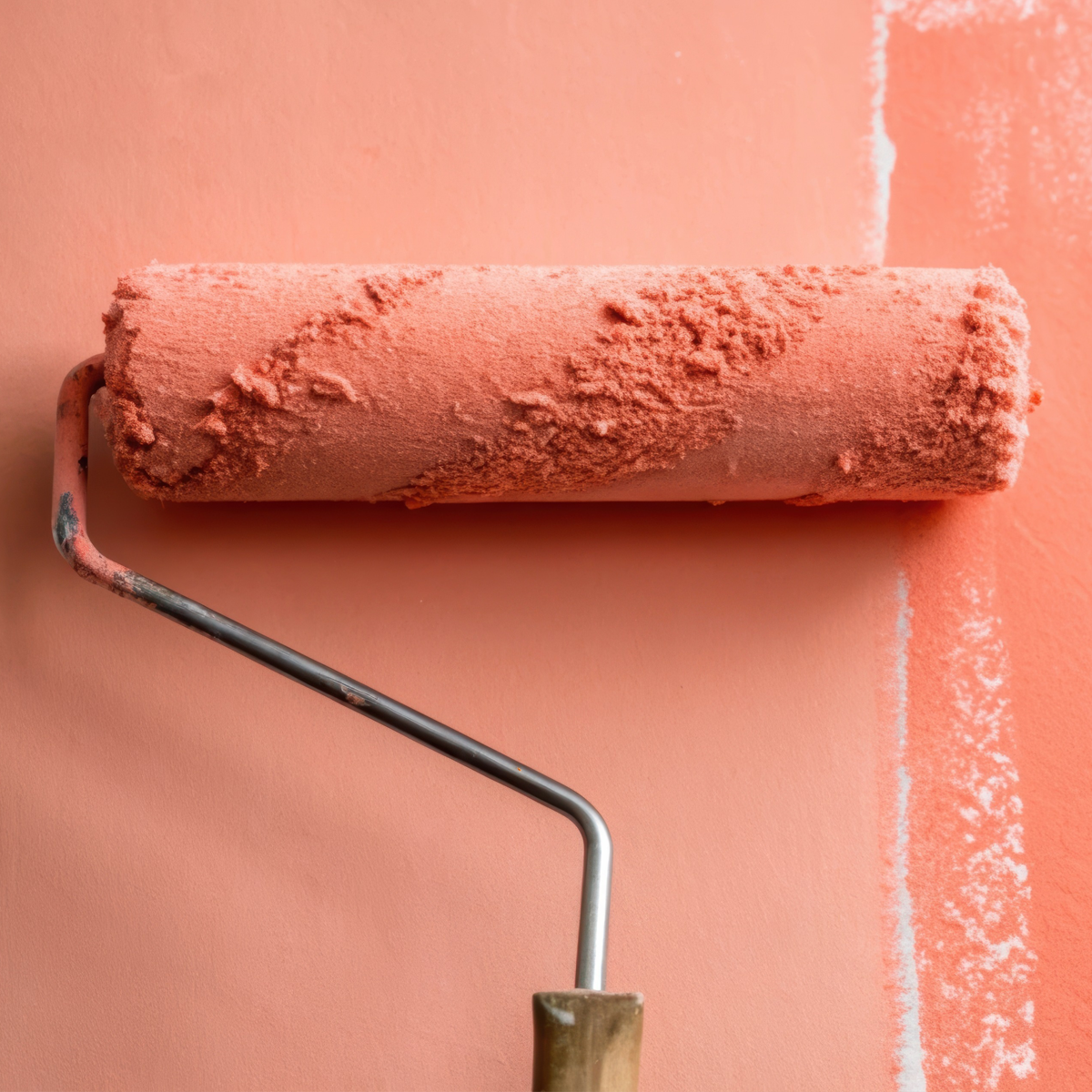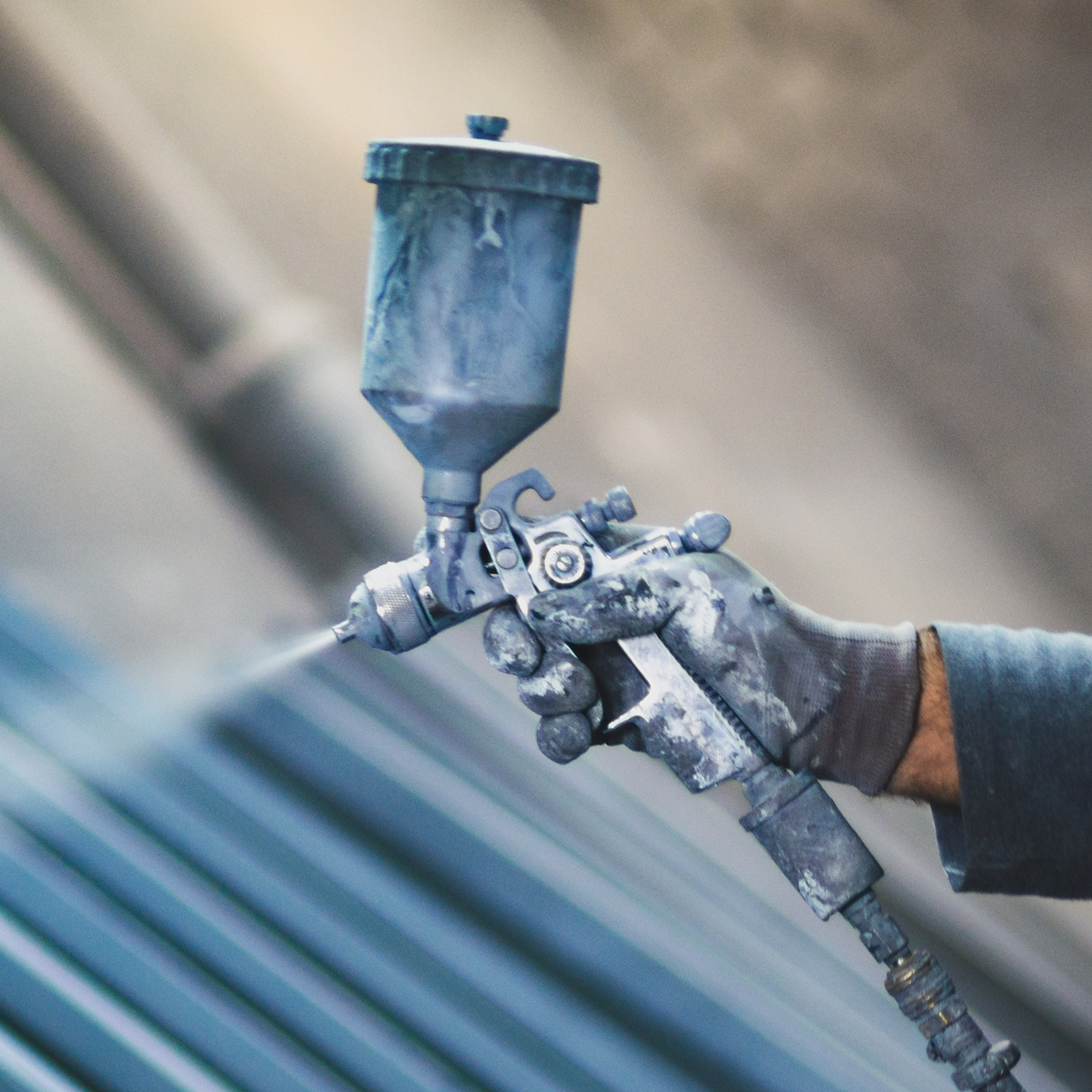The following 8 steps have proven successful for floors in a wide range of conditions.
1. Optional Pre-wetting of surface. Many artisans prefer to pre-wet the concrete prior to stain application. This maximizes color penetration and variegations. Spray clean water to saturate the concrete surface. Remove puddles by spreading water or soaking up with a clean mop. The surface should now be cool, damp to the touch, yet not allow a towel to readily absorb water.
2. Apply the LITHOCHROME® Chemstain® Classic. This can be done with an acid resistant low pressure garden sprayer, mop or broom. Apply in a circular motion to just saturate the surface. LITHOCHROME® Chemstain® Classic should fizz or effervesce when it first comes in contact with the concrete.
3. Immediately work in stain. Use a foam, lamb's wool, or soft nylon bristle broom working in circular motions to avoid the creation of lap marks. Do not walk on
recently stained areas or footprints will result.
4. Allow surfaces to dry. This will take about 4 hours depending on weather conditions and water used in step 1.
5. Apply a second coat if desired and allow it to dry.
6. Neutralize the surface: Use a solution of 1 pound of baking soda per 5 gallons of water. Apply this with a clean garden sprayer. Move neutralization liquid across
the surface with a wet mop or soft broom in a circular motion. Neutralization is complete when surfaces are saturated and no effervescence is seen.
7. Remove pigment residue. Use a soft broom or mop and a wet-dry vacuum moving in circular motions to avoid creating lap lines. Rinse surfaces until all easy to remove residue is removed. If a second complimentary color is to be used, apply it at this stage. Failure to remove all residue prior to sealing the surface can
cause loss of adhesion, peeling, or reduced sealer durability. When complete, little to no residue should appear after rubbing with a clean cloth.
8. Allow to dry and apply sealers/topcoats as desired.
